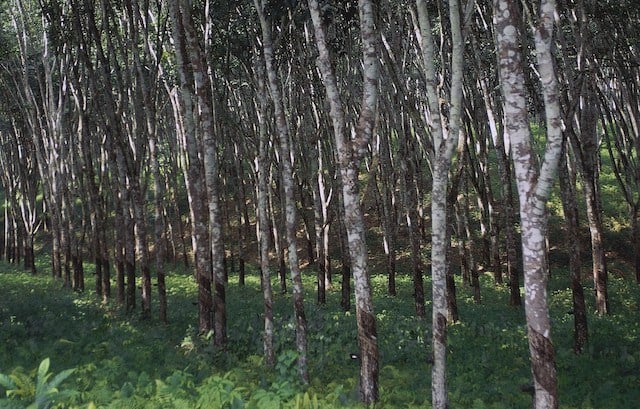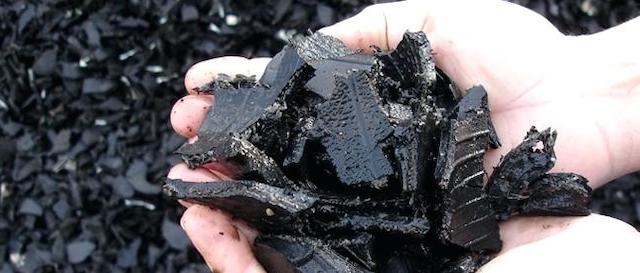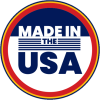Rubber Driveway Ramps And The Environment
We’ve all heard that plastic is detrimental to the environment. With plastic taking the lead role of our enemy, many of us have overlooked another material that’s wreaking havoc on the planet: rubber.
Even though rubber is a natural material, rubber production is still quite harmful to the environment. Let’s talk about how rubber production helps damage the planet and then discuss some steps we can take to combat this issue.
How The Rubber Industry Contributes To Deforestation

Given how cheap rubber is, you would think that the world is abundant with rubber. It may be, but it comes at a huge cost to the environment. Here’s why:
Rubber comes from the sap of rubber trees. Each rubber tree can produce 15-20 pounds of rubber each year, and they can do that for about 20 years before they no longer produce rubber. So basically, a single rubber tree can produce 300-400 pounds of rubber in its lifetime. That’s equivalent to 8-12 tires. In other words, a single rubber tree in its 20-year lifetime produces enough rubber to outfit 2 or 3 cars with tires for 2-5 years.
If that’s not bad enough, get this: rubber trees grow in the tropics, and almost all of them grow on land that used to be rainforests. So the more demand there is for new rubber, the more deforestation there will be to plant rubber trees and accommodate the growing demand.
What You Can Do About This

We live in a society that depends on rubber for a lot of necessities, including tires, weather stripping, no-slip mats, and more. So it may seem that rubber production is a necessary evil. But there are things you can do to help keep demand down for brand new rubber.
The best thing you can do is to buy recycled rubber. It’s quite alarming how many old tires end up in landfills every year. On average, one tire per person is thrown out per year. The good news is that 5 out of 6 of these tires are recycled. That’s about 209 million tires per year.
About 29% of these recycled tires (approximately 60 million tires) are recycled into crumb rubber. The crumb rubber is then used in things that otherwise would call for brand new rubber or, as it’s often called, virgin rubber. For example, driveway ramps.
If you buy a set of curb ramps that weighs 100 pounds, and it’s made of brand new rubber, that’s the total sap production of 5-6 trees for an entire year. That might not sound like much, but if there are hundreds or thousands of people doing the same thing, that’s thousands of trees and thousands of hours of labor (which may or may not be child labor).
Many rubber curb ramp manufacturers use brand new rubber to make curb ramps. However, it doesn’t mean that curb ramps made out of recycled rubber don’t exist. In fact, you don’t have to look very far to find one. At BRIDJIT, all of our curb ramps are made of crumb rubber from recycled tires. In a three-piece ramp set, you’ll find rubber from 12 recycled passenger tires.
At BRIDJIT, we’re keenly aware of the impact that new rubber has on the environment. We also understand that there are millions of discarded tires in the US that aren’t being put to good use. We’re proud to be doing our part to address both concerns.
What If You Can’t Buy Recycled Rubber?
If the item you need isn’t available in recycled rubber, the very least you can do is to buy from a manufacturer that has agreed to source the rubber responsibly. Michelin, for example, has pledged to source rubber responsibly. This is a good way to ensure that you’re not helping companies clear rainforests to produce rubber.
If we collectively agree to purchase only recycled rubber or from manufacturers that only source sustainable rubber, we could make a difference in reducing rubber consumption.


